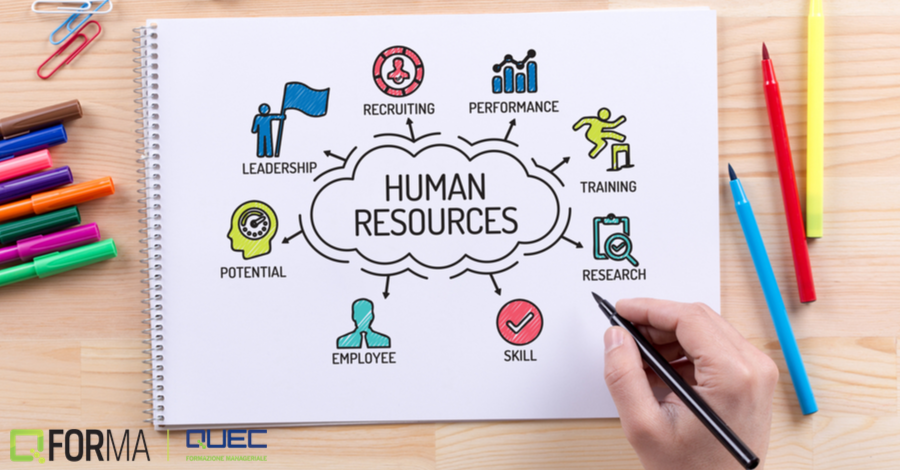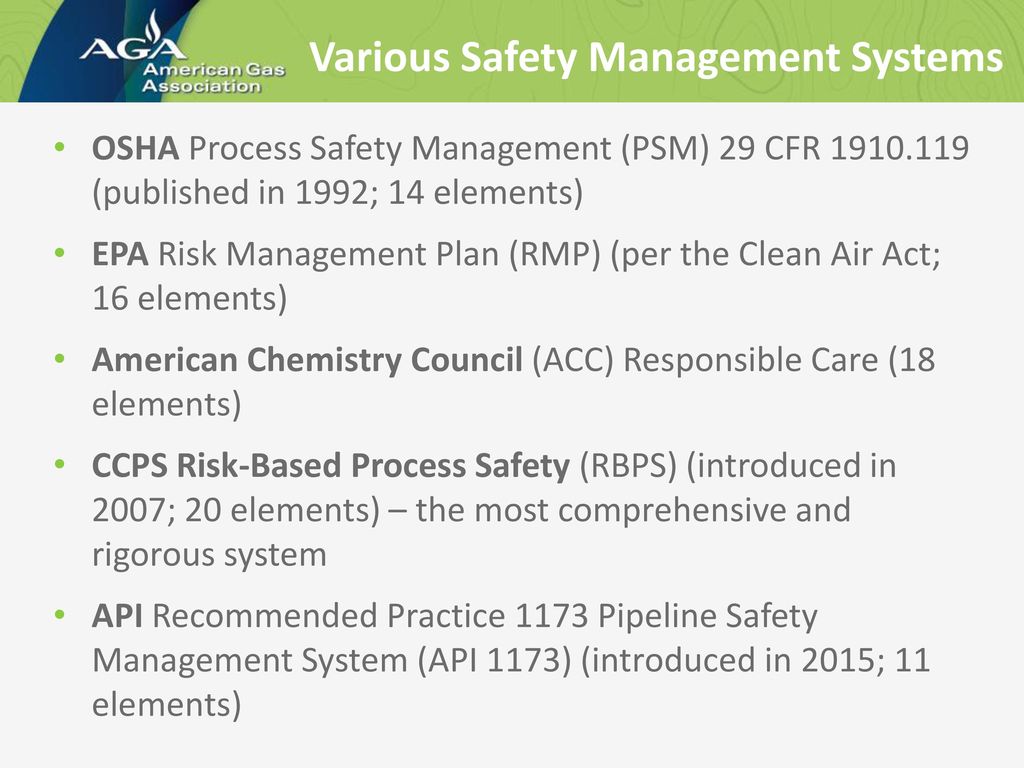
These are some of the best ways to lower your carbon footprint, and reduce emissions from your supply chain. These include: Engaging stakeholders; Managing sustainable procurement; and addressing social responsibilities. These tips will help you build a more predictable and sustainable supply chain.
Stakeholder Engagement
To ensure long-term sustainability, a company must engage its stakeholders. Engaging stakeholders will help you speed up your sustainability journey. With robust engagement strategies, companies can develop a collaborative culture and effectively work with multiple stakeholders. In addition to improving the supply chain, engaging stakeholders helps a company gain valuable insights on risks and opportunities.

Companies should be careful about choosing the metrics that they want to track in order to engage their stakeholders in a sustainable supply-chain. Companies must consider both the social and environmental aspects when choosing metrics. It can be difficult for companies to measure environmental and social metrics. Engagement can be difficult because many stakeholders might not know about the company's sustainability efforts.
Managing sustainable procurement
A company's ability to manage sustainable purchasing is essential. It is vital to ensure that the entire supply chain is transparent, and that tier 1 suppliers are held accountable for sustainable practices. Some organizations struggle to implement sustainable practices due to a lack of visibility into their supply chain. EcoVadis recently found that only half of organizations had full visibility into their supply chain, while 28% didn't have any visibility at all. While implementing sustainability measures can take years, organizations can begin with small wins, such as auditing suppliers.
Making sustainable procurement a standard part the procurement process can help procurement teams minimize risks, identify incremental improvement opportunities, and ensure internal customers are informed about the impact of their purchases. For true sustainability to be achieved, organizations must look beyond the traditional options available and find new ways to procure sustainable goods. For example, they need to work with their suppliers in a new way, acquire new technical skills and have sufficient data and information for their goals.
Social Responsibility Management
Sustainable supply chains must manage social responsibility (CSR). CSR principles should be applied at all stages of the supply chain. Businesses must collaborate to ensure that their products and services do not adversely affect the environment. This includes assessing product lifespan phases, developing reuse strategies, and developing transportation abilities. Companies must also consider the needs of their customers and comply with all applicable regulations.

Sustainability refers to meeting current needs and not compromising future ones. However, sustainability also encompasses social, economic, environmental, and political issues. Social responsibility is a commitment of a business to conduct business ethically, to benefit its workforce, local community, society, and the wider world.
FAQ
How can we create a successful company culture?
A company culture that values and respects its employees is a successful one.
It's founded on three principal principles:
-
Everyone has something valuable to contribute
-
Fair treatment of people is the goal
-
People and groups should respect each other.
These values are evident in the way that people act. They will treat others with consideration and courtesy.
They will respect the opinions of others.
They will also encourage others to share their ideas and feelings.
Company culture also encourages open communication, collaboration, and cooperation.
People feel safe to voice their opinions without fear of reprisal.
They are aware that mistakes can be accepted if they are treated honestly.
Finally, the company culture promotes honesty and integrity.
Everybody knows they have to tell the truth.
Everyone knows that there are rules and regulations that apply to them.
No one is entitled to any special treatment or favors.
What are the top management skills?
Any business owner needs to be able to manage people, finances, resources and time. These skills include the ability manage people, finances and resources as well as other factors.
These skills are necessary for setting goals and objectives as well as planning strategies, leading groups, motivating employees and solving problems.
As you can see, there are many managerial responsibilities!
What are some of the common mistakes made by managers?
Sometimes managers make it harder for their employees than is necessary.
They may not be able to delegate enough responsibility to staff or provide adequate support.
In addition, many managers lack the communication skills required to motivate and lead their teams.
Some managers set unrealistic expectations for their staff.
Managers might try to solve every problem by themselves rather than delegating the responsibility.
How do you manage employees effectively?
Effectively managing employees means making sure they are productive and happy.
It means setting clear expectations for them and keeping an eye on their performance.
Managers must be clear about their goals and those of their teams in order to succeed.
They should communicate clearly with employees. They also need to make sure that they discipline and reward the best performers.
They must also keep records of team activities. These include:
-
What did you accomplish?
-
How much work were you able to accomplish?
-
Who did it?
-
How did it get done?
-
Why?
This information can be used to monitor performance and evaluate results.
What are the four main functions of management?
Management is responsible to plan, organize, direct, and control people and resources. It includes the development of policies and procedures as well as setting goals.
Management aids an organization in reaching its goals by providing direction and coordination, control, leadership motivation, supervision, training, evaluation, and leadership.
Management's four main functions are:
Planning - Planning is about determining what must be done.
Organizing is the act of deciding how things should go.
Directing - Directing means getting people to follow instructions.
Controlling – This refers to ensuring that tasks are carried out according to plan.
What is Kaizen?
Kaizen is a Japanese term meaning "continuous improvement." It is a philosophy that encourages employees to constantly look for ways to improve their work environment.
Kaizen is built on the belief that everyone should be able do their jobs well.
Statistics
- The profession is expected to grow 7% by 2028, a bit faster than the national average. (wgu.edu)
- This field is expected to grow about 7% by 2028, a bit faster than the national average for job growth. (wgu.edu)
- Hire the top business lawyers and save up to 60% on legal fees (upcounsel.com)
- UpCounsel accepts only the top 5 percent of lawyers on its site. (upcounsel.com)
- 100% of the courses are offered online, and no campus visits are required — a big time-saver for you. (online.uc.edu)
External Links
How To
How does Lean Manufacturing work?
Lean Manufacturing processes are used to reduce waste and improve efficiency through structured methods. They were developed in Japan by Toyota Motor Corporation (in the 1980s). The main goal was to produce products at lower costs while maintaining quality. Lean manufacturing emphasizes removing unnecessary steps from the production process. It is composed of five fundamental elements: continuous improvement; pull systems, continuous improvements, just-in–time, kaizen, continuous change, and 5S. Pull systems allow customers to get exactly what they want without having to do extra work. Continuous improvement means continuously improving on existing processes. Just-in-time refers to when components and materials are delivered directly to the point where they are needed. Kaizen is continuous improvement. This can be achieved by making small, incremental changes every day. Finally, 5S stands for sort, set in order, shine, standardize, and sustain. These five elements can be combined to achieve the best possible results.
Lean Production System
Six key concepts are the basis of lean production:
-
Flow - focuses on moving information and materials as close to customers as possible.
-
Value stream mapping is the ability to divide a process into smaller tasks, and then create a flowchart that shows the entire process.
-
Five S's – Sort, Put In Order Shine, Standardize and Sustain
-
Kanban - visual cues such as stickers or colored tape can be used to track inventory.
-
Theory of constraints - identify bottlenecks during the process and eliminate them with lean tools like Kanban boards.
-
Just-in time - Get components and materials delivered right at the point of usage;
-
Continuous improvement - make incremental improvements to the process rather than overhauling it all at once.